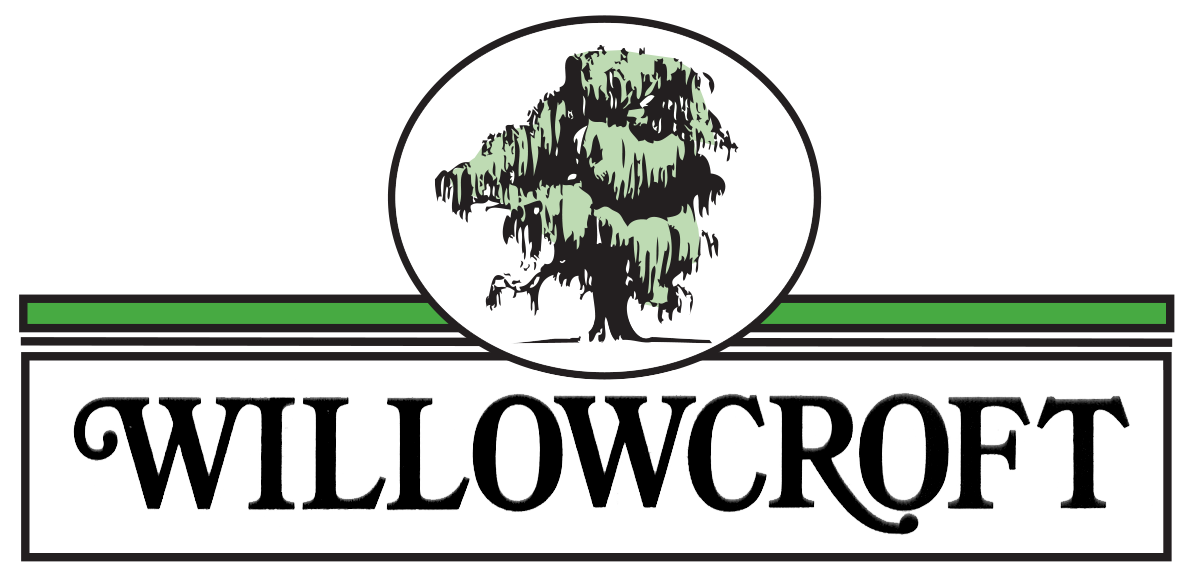If you’ve ever wondered why Cabernet Sauvignon and Merlot often feel like siblings in a Bordeaux blend—or why Sauvignon Blanc seems to “get” Cabernet Sauvignon so well—there’s a good reason for that. Like people, grape varieties have lineages, and once you trace their “family trees,” the patterns in flavor, structure, and style start to make a lot more sense.
Let’s explore some of the most fascinating grape family connections and how they show up in your glass.
Cabernet Sauvignon: The Famous Love Child
Cabernet Sauvignon is one of the world’s most celebrated red grapes, and it’s actually the result of a spontaneous crossing between Cabernet Franc and Sauvignon Blanc. Yes, a red and a white grape got together in 17th-century France and created something bold, structured, and deeply age-worthy.
This lineage explains Cabernet Sauvignon’s herbaceous edge and high acidity (from Sauvignon Blanc), as well as its structure and red-fruited depth (from Cabernet Franc). At Willowcroft, we celebrate this legacy with our own elegant, hillside-grown Cabernet Sauvignon.
Cabernet Franc: The Patriarch
As one of the parent grapes of Cabernet Sauvignon, Cabernet Franc tends to be lighter and more floral, with notes of red cherry, violets, and gentle spice. It’s often used as a blending grape but is captivating on its own—especially when grown in Virginia, where it shows bright acidity and savory character.
At Willowcroft, our Cabernet Franc is a perennial favorite. With a soft spice profile and polished tannins, it captures both the old-world charm and new-world vibrancy of the grape.
Merlot: The Gentle Sibling
While not a direct descendant, Merlot is considered a close relative in the Bordeaux family. It shares Cabernet Sauvignon’s red and black fruit notes but leans softer and more plush. Think velvet instead of leather.
In blends, Merlot offers a roundness that complements Cabernet Sauvignon’s power—proof that sometimes the best family traits come out when siblings collaborate.
Petit Verdot: The Bold Cousin
Another Bordeaux native, Petit Verdot, is often the last to ripen and the first to impress. It brings dark color, robust tannins, and brooding black fruit to the table. Though it’s used sparingly in blends, its impact is undeniable.
Here at Willowcroft, we bottle Petit Verdot as a varietal wine to let its dark intensity shine—proof that even the wild cousins have their place at the table.
Sauvignon Blanc: The Unexpected Ancestor
You might not expect a crisp white wine like Sauvignon Blanc to be related to one of the most robust reds, but genetics tells the story. As one of Cabernet Sauvignon’s parents, Sauvignon Blanc contributes aromatic lift and high acidity.
You can still see that DNA shine through when enjoying a glass of Willowcroft Cabernet Sauvignon—especially in its structure and finesse.
Why It Matters
Understanding grape family trees isn’t just trivia—it can change how you taste. If you love the smoky elegance of Cabernet Franc, you might find yourself drawn to a structured Cabernet Sauvignon. Enjoying the citrus pop of Sauvignon Blanc? That zing might feel familiar when you taste a young Cab.
At Willowcroft, we honor these lineages by crafting wines that let their heritage speak. Dry-farmed on the Catoctin Ridge and nurtured by nature, each of our grapes tells a generational story—one rooted in history and expressed in every bottle.
Taste the Lineage
Next time you visit us, ask for a flight that highlights our Bordeaux-family reds. You’ll taste the genetics at work—and maybe discover a new favorite among the wine world’s most fascinating family tree.
